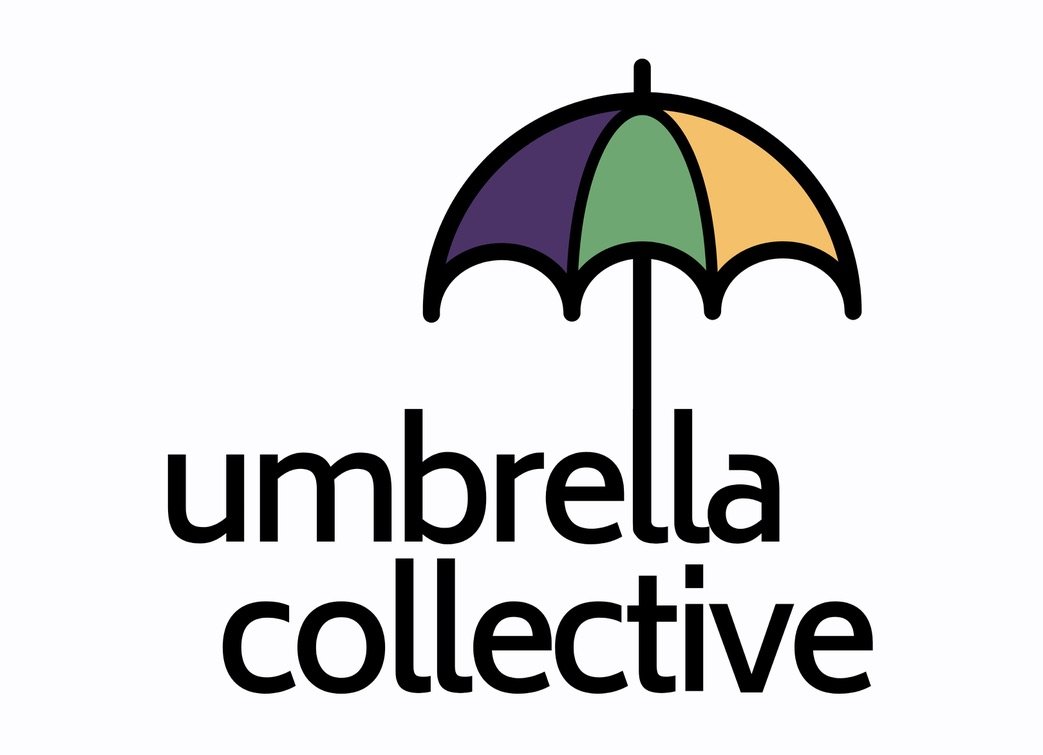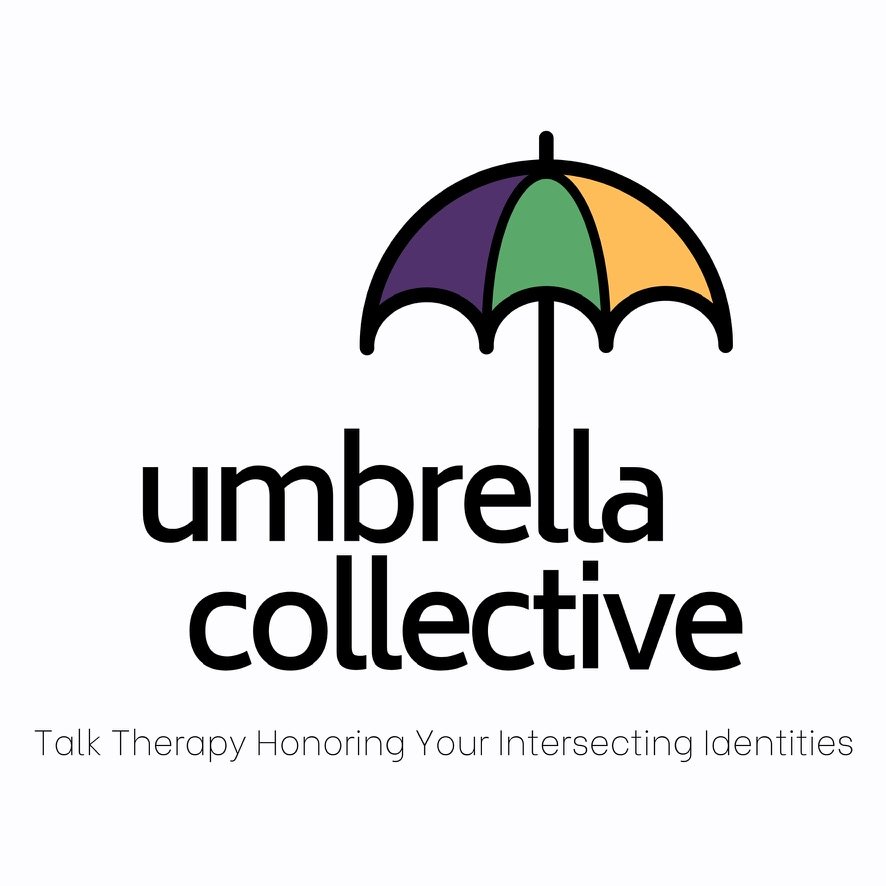The Power of the Pen
/It’s Tuesday morning - I start up my computer, relishing in quaint sips of coffee while I wait. I guide my cursor to a blank document, glide my fingers over the keyboard, and wait a little bit more. I know that for the next couple of hours, my mind, heart, and hands will come together to execute acts of synchronization. They will perform a dance of sorts as a means of transforming my emotions into artwork, my thoughts into poetry.
Throughout my work, I have been grateful to encounter artists of all forms - musicians, poets, drag performers, activists, and photographers, among others. Although they all present with vastly different lived experiences, and thus, perspectives, they all share one commonality: the discovery of solace in their chosen art medium. They view their art as a manifestation of social liberation and advocacy; it is a means of retaining individuality while rejoicing in their chosen community.
Expressive arts and mental health do not only intersect - they are intertwined. Liberation Psychology is upheld by two core pillars of understanding: 1) the recognition that living under oppression is a major contributor to suffering, and that it becomes not only crucial, but necessary, to fight systems that perpetuate oppression, and 2) the commitment to support an individual’s human right to live with a sense of agency, purpose, and joy, both individually and in community (Fitzpatrick, n.d.). The arts as a form of release works to promote liberation in regards to the oppressive systems and harmful social constructs that we have come to internalize.
As a person-centered, systems-based therapist, I hold the belief that therapy can often feel more empowering when 1) there are active efforts to dismantle the inherent power hierarchy (client-therapist) that exists in the room and when 2) the therapeutic space is intentionally created for the client, by the client. So… how do we accomplish this? The first step entails bringing the client’s personhood into the room, and having them join with the therapist’s personhood; Seeing the client as an individual with dreams, aspirations, passions, and hobbies - and being curious about them.
It would take much more than this blog post to comprehensively review the power of art in general as a therapeutic tool, so the following paragraphs will focus on healing through writing. There are multiple empirical studies that have been conducted to provide evidence for the idea that writing can serve as a protective factor against physical, mental, and psychological difficulties. For example, studies have shown that writing about emotions and stress can actually work to improve immune functioning (Pennebaker & Smyth, n.d. as cited in Murray, 2002), can reduce the number of sick days we utilize (Sohal et al., 2022 as cited in Sutton, 2018), and contribute to other physical, cognitive, and emotional benefits such as lowered blood pressure, fewer depressive and avoidant symptoms, and improved mood (Baikie & Wilhelm, 2005 as cited in Sutton, 2018).
Acceptance has long been associated with greater psychological well-being, and this is often the logic behind the therapeutic outcomes of writing; writing promotes facets of self-acceptance and mindfulness, allowing for release - a core component of liberation. Although the mechanisms underlying the healing effects of writing have yet to be fully understood, the following processes are thought to be involved (Sutton, 2018):
Emotional release of subconscious internal conflicts
Purposeful cognitive processing resulting in clarity of narratives and insight
Prolonged exposure to stressful events, leading to a decrease in intensity of maladaptive thoughts/feelings
Active confrontation of difficult emotions, promoting cognitive integration
There are multiple ways in which a clinician can integrate expressive writing into their practice - one particular exercise that I gravitate towards is stream of consciousness writing. This can be completed before, during, or after sessions, and is defined by writing that embodies the non-linear nature of our natural thought processes. Stream of consciousness writing aims to accurately depict the ebb and flow of the thoughts and emotional processes that occur in our minds, without inhibition. It allows us the opportunity to observe and acknowledge our thoughts and feelings through a non-judgmental lens, which will hopefully lend itself to acceptance and change, if needed. It is one way for us to practice honesty with ourselves, putting words to our personal narratives.
Before I was a therapist, I was a writer. I still am. Writing has been invaluable to my process of becoming a better clinician, student, friend, and person. A blank page carries no judgment, no expectations, and no agenda - it listens, it feels, it absorbs. It is forgiving, it makes room. It simultaneously invites and lets go. It allows you to be. If you would like to start your journey in reclaiming your narrative, I encourage you to reach out to any of our therapists here at Umbrella Collective.
References
Fitzpatrick, T. (2023, February 23). Liberation Work Is Mental Health Care by Teal Fitzpatrick — NO CONTACT. No Contact Mag. Retrieved October 18, 2023, from https://www.nocontactmag.com/talking-through/liberation-work-is-mental-health-care
Murray, B. (2002, June 1). Writing to heal. American Psychological Association. Retrieved October 18, 2023, from https://www.apa.org/monitor/jun02/writing
Sutton, J., & Latif, S. (2018, May 14). 5 Benefits of Journaling for Mental Health. Positive Psychology. Retrieved October 18, 2023, from https://positivepsychology.com/benefits-of-journaling/



